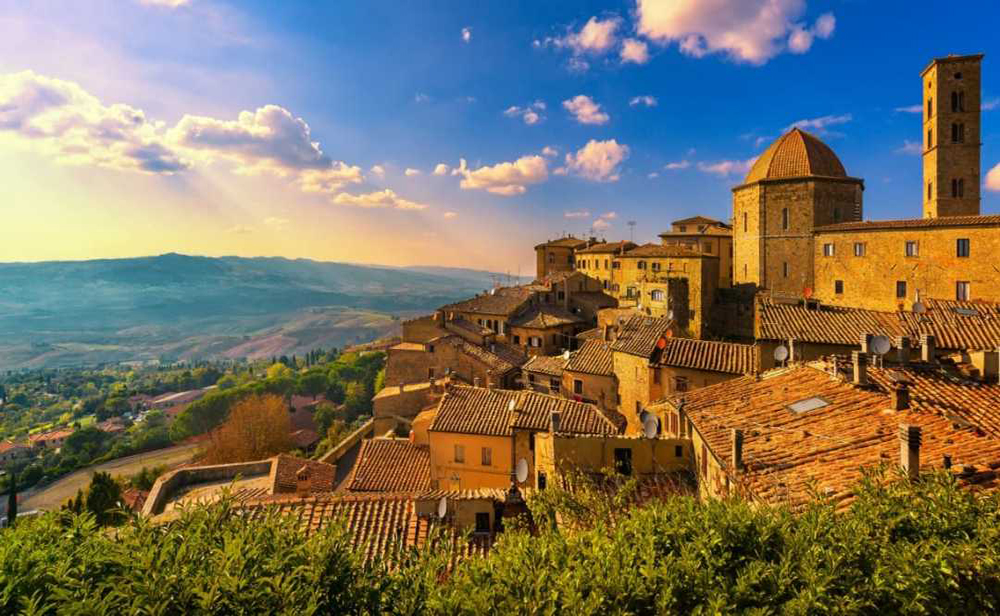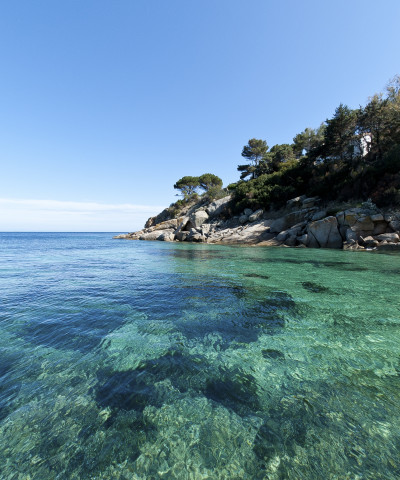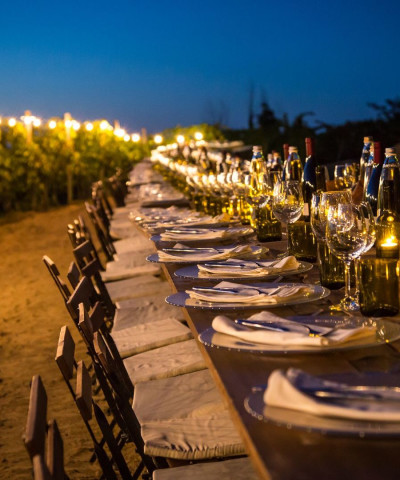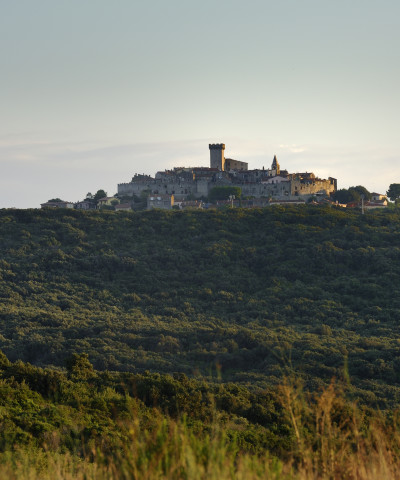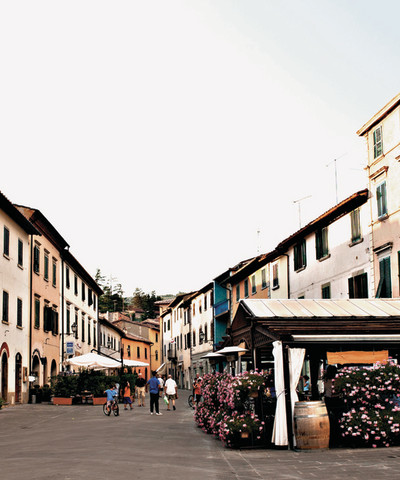Visiting villages in Tuscany
An unique itinerary among the most charming villages of Tuscany
The main value of the Tuscan villages consists in the fact that they did not change their original structure: their monuments, churches and quarters sometimes date back to the VIII and IX century. We selected some of the most charming towns which can be easily reached.
Barga (Lucca)
Barga stands on Remeggio Hill, in the hearth of Garfagnana. It’s recommended by many guides , namely “The Most Beautiful Italian Villages”, “Touring Club Orange Flag”, and “Slow Towns”; these guides are a guarantee for quality and prestige. On the big grass square on the top of Arrigo Hill, from which you have a remarkable view of the mountains, there is the beautiful Romanesque Duomo of the XI century which still has the ancient alabaster windows. In July the Fish and Chips Festival takes place to pay homage to the numerous Scottish emigrants who arrived here in XI century.
Volterra (Pisa)
In the V-VI century BC it counted 25.000 inhabitants, that is twice today’s population. It is worthwhile to visit the Duomo which was consecrated in 1120 and restructured in the XIII century with the typical features of the Pisa’s Romanesque; the baptistery of 1283 with an octagonal plant, the square of the Priori Palace. At that time Volterra developed as it is now, a monumental centre built in grey stone and characterized by tower buildings. Alabaster, that is the primary resource of the town and of its craftsmanship, is the main subject of the Eco-museum which is organized in various buildings (info phone: 0588 87850). The Etruscan Museum Guarnacci is also worth a visit.
San Gimignano (Siena)
In a spectacular environment, which preserves intact the two-fourteenth century appearance of the village and is one of the best examples of urban organization in Europe, the fifteen towers of San Gimignano stand out, the only remaining of the seventy-two of the period of maximum prosperity , and testify to the ancient opulence of a flourishing commerce. The city is a World Heritage Site. Not to be missed: the S. Giovanni gate, piazza della Cisterna and the Collegiata; the Vernaccia Docg wine; the "Strada della Vernaccia" and the famous contemporary art gallery with excellent exhibitions, Galleria Continua. From Volterrra: 30 km.
Monteriggioni (Siena)
Monteriggioni is a rare example of Medieval military architecture. It preserves intact the ancient circle of walls and its fourteen towers. From Porta Franca or Romea you enter the wide and sunny Piazza Roma which has a tank in the middle and it is surrounded by few stone buildings.
Cetona (Siena)
The town, at an altitude of 350 m., lies deep in the green at a cross road between Umbria and Tuscany. The country produces high quality wine, Chianina meat, honey and above all olive oil, Terre di Siena Dop, whose flavor is the perfect dressing for the typical Tuscan recipes such as beans and “fettunta” (a slice of bread with olive oil and garlic). You must visit the medieval fortress, the Collegiate which dates back to XII century and preserves intact the frescos of 1400; in San Michele Arcangelo in Piazza Garibaldi you can admire a fine wood Madonna by an anonymous artist of 1300.
Collodi (Pistoia)
Collodi is one of Pescia’s hamlet and is Pinocchio’s hometown. There are three main attractions: the ancient village, the historical Garzoni garden and Pinocchio’s monumental park. The ancient village is like a cascade of small houses on the hillside. The Villa is flanked by the beautiful Baroque garden, one of the few example in Europe which preserves its original structure.
Vinci (Florence)
Vinci is known as Leonardo da Vinci’s birthplace. The centre of the village is the Castle which was the residence of the Guidi Counts from 1000 through 1254 when Vinci was subdued by Florence and the Castle was transformed in the Town Hall. Now it houses Leonardo’s Museum (info phone: 0571 933251) which gathers Leonardo’s original machines and models in the field of technology and engineering inventions. About 3 km far from Vinci you can visit the Casa di Leonardo (the farmhouse where Leonardo was born), in the municipality of Anchiano, which is an ideal completion after the visit to the museum.






